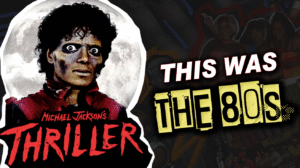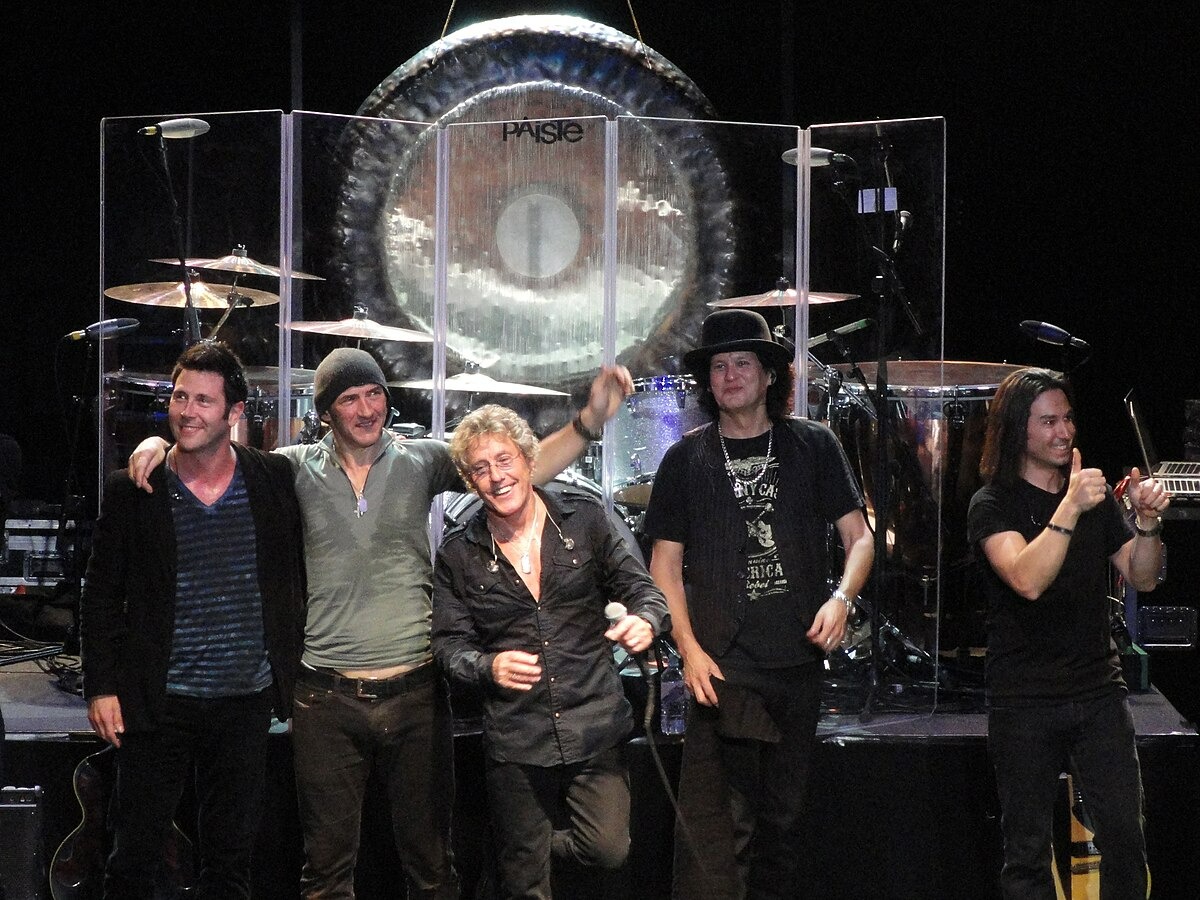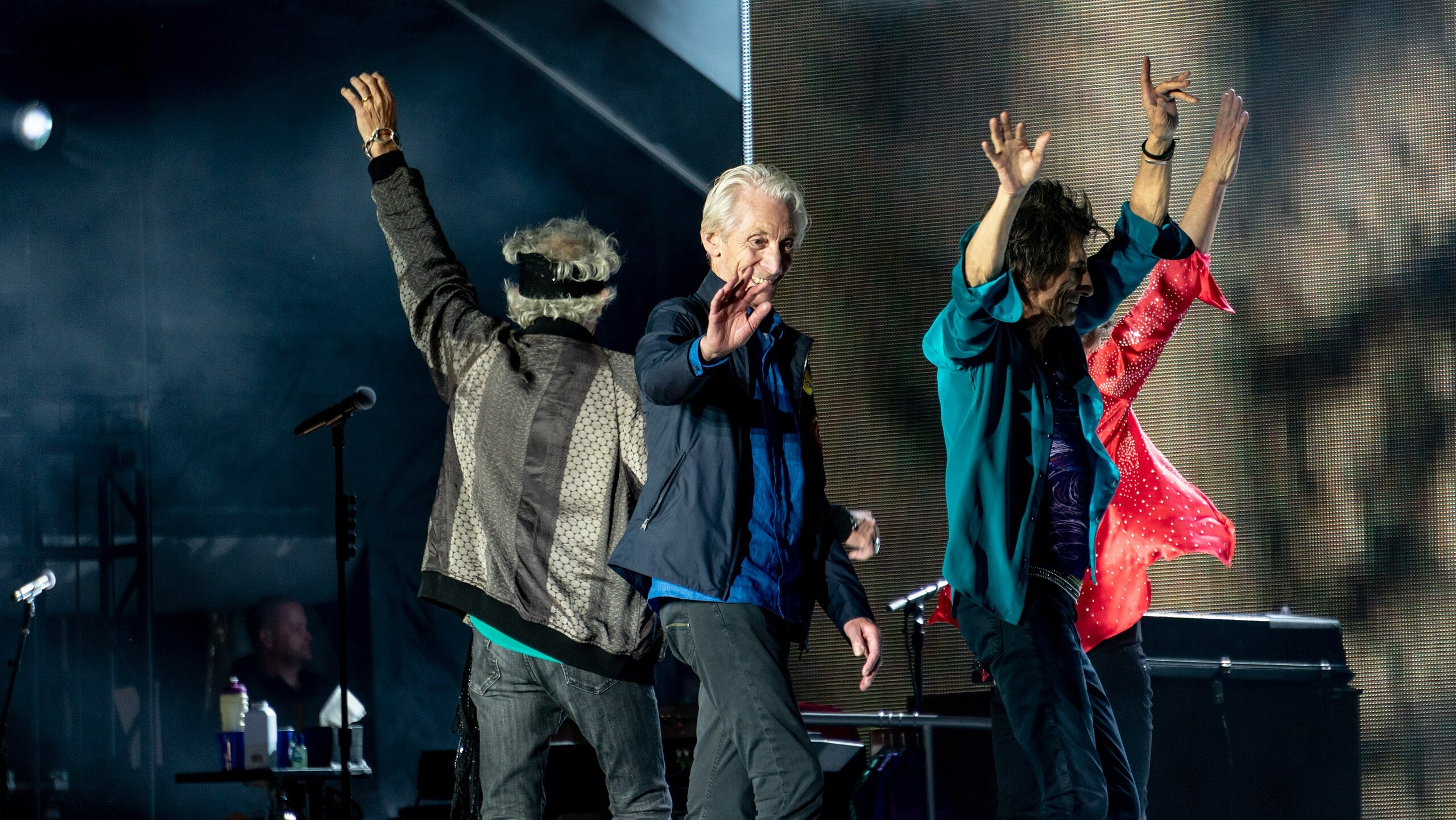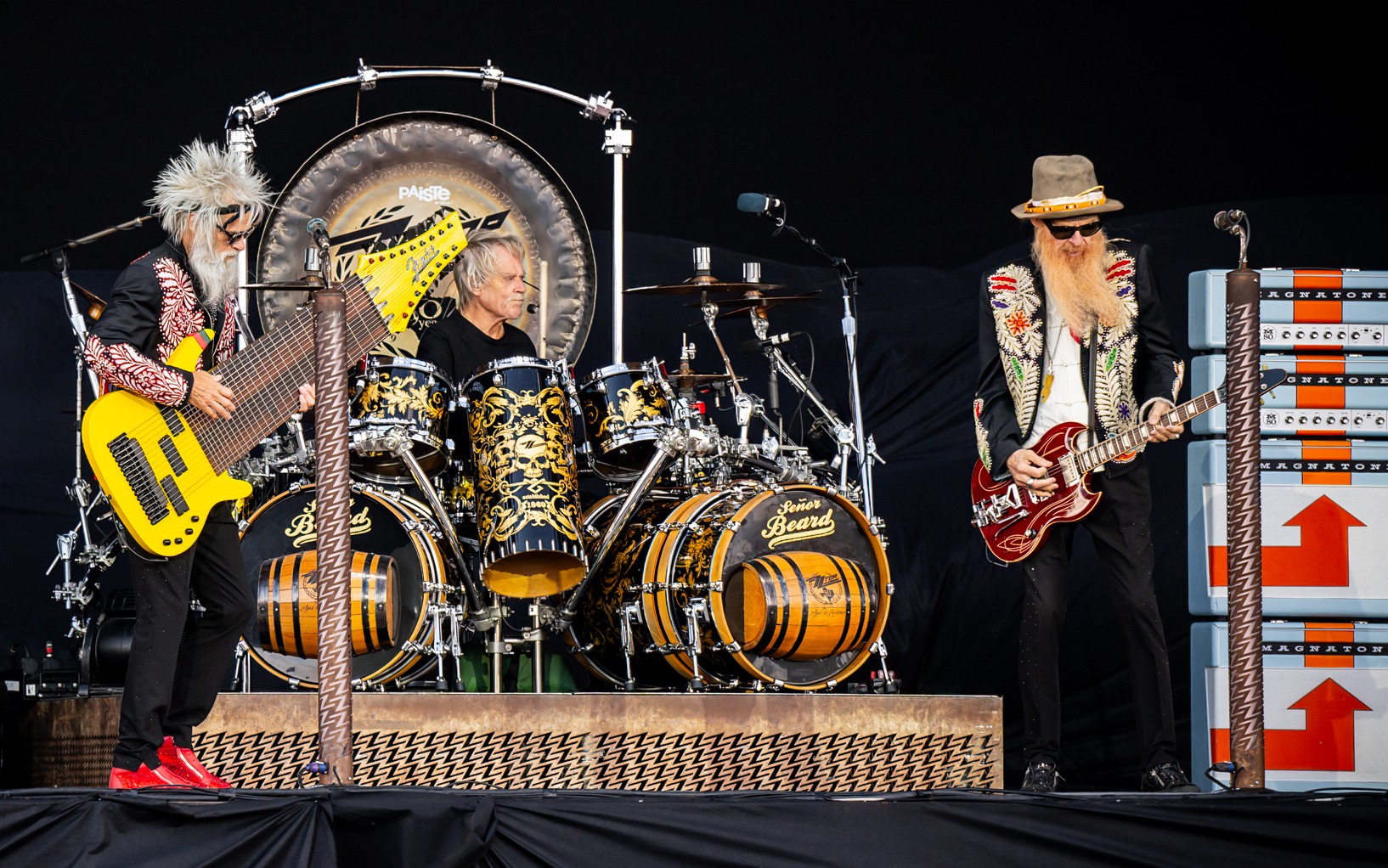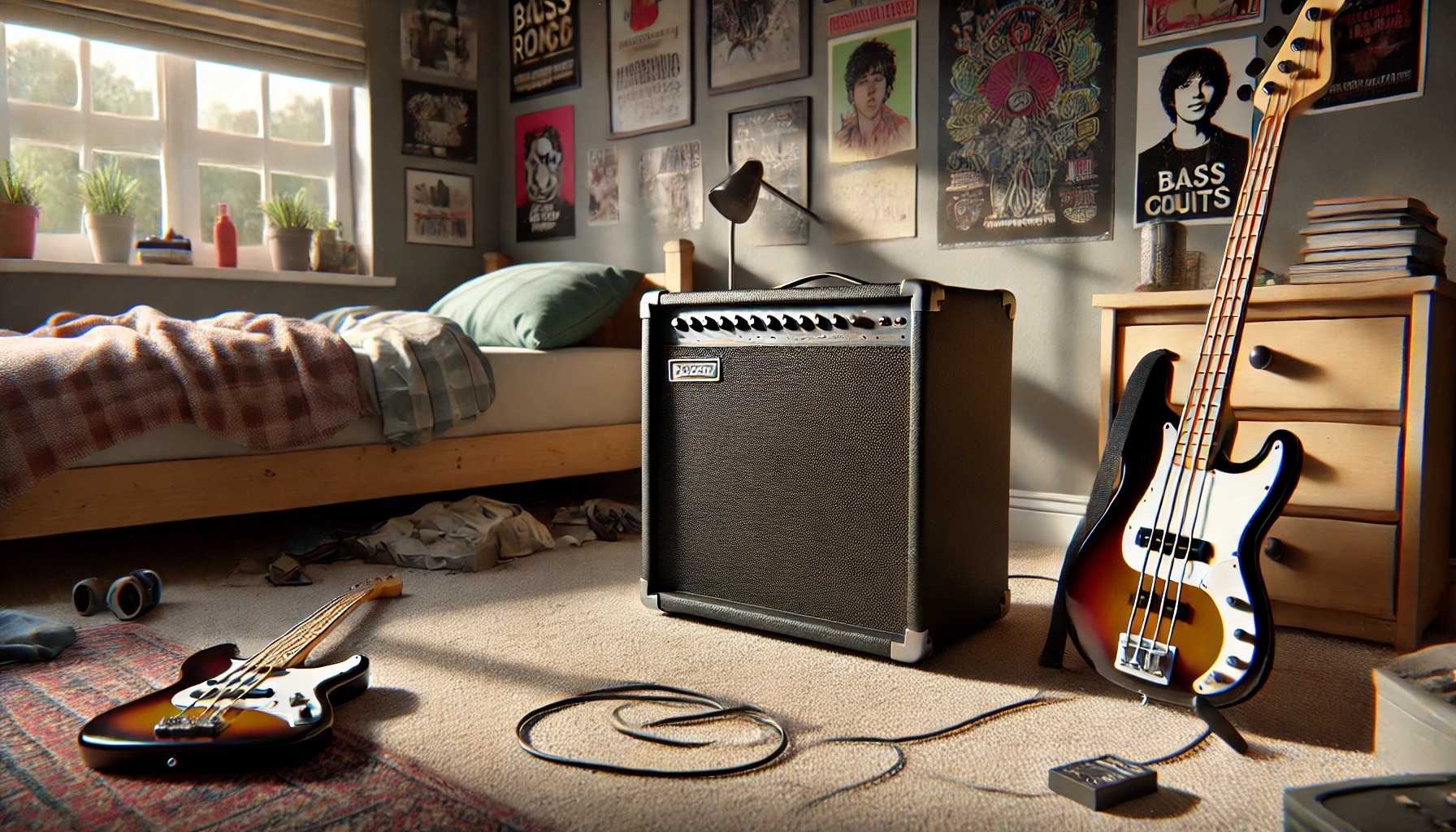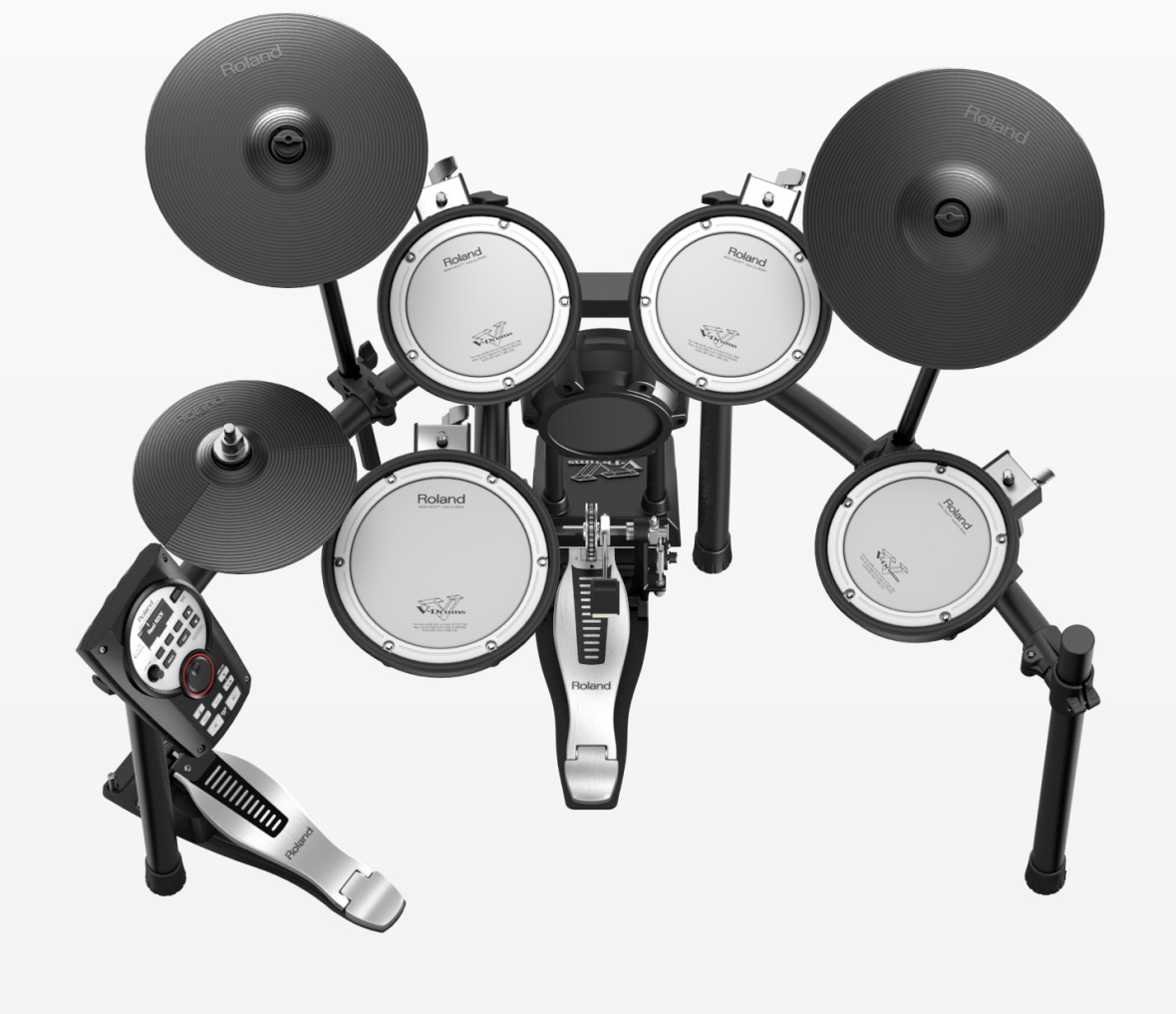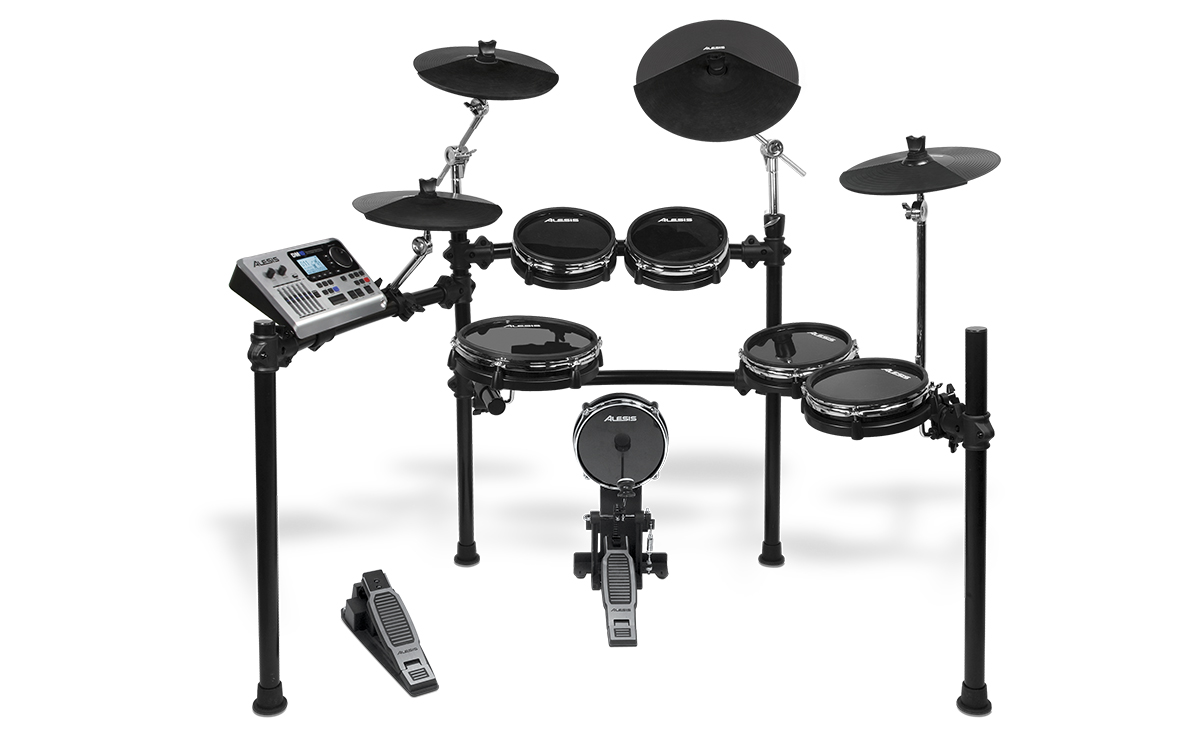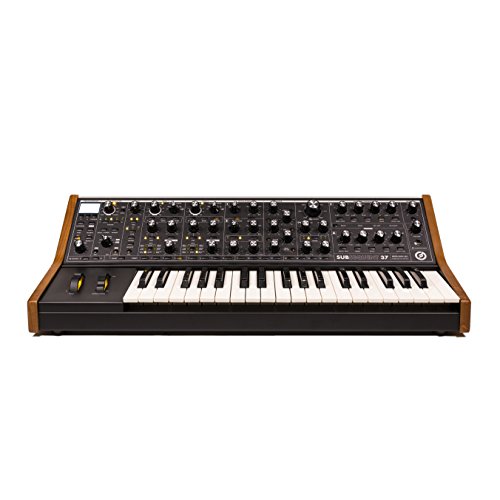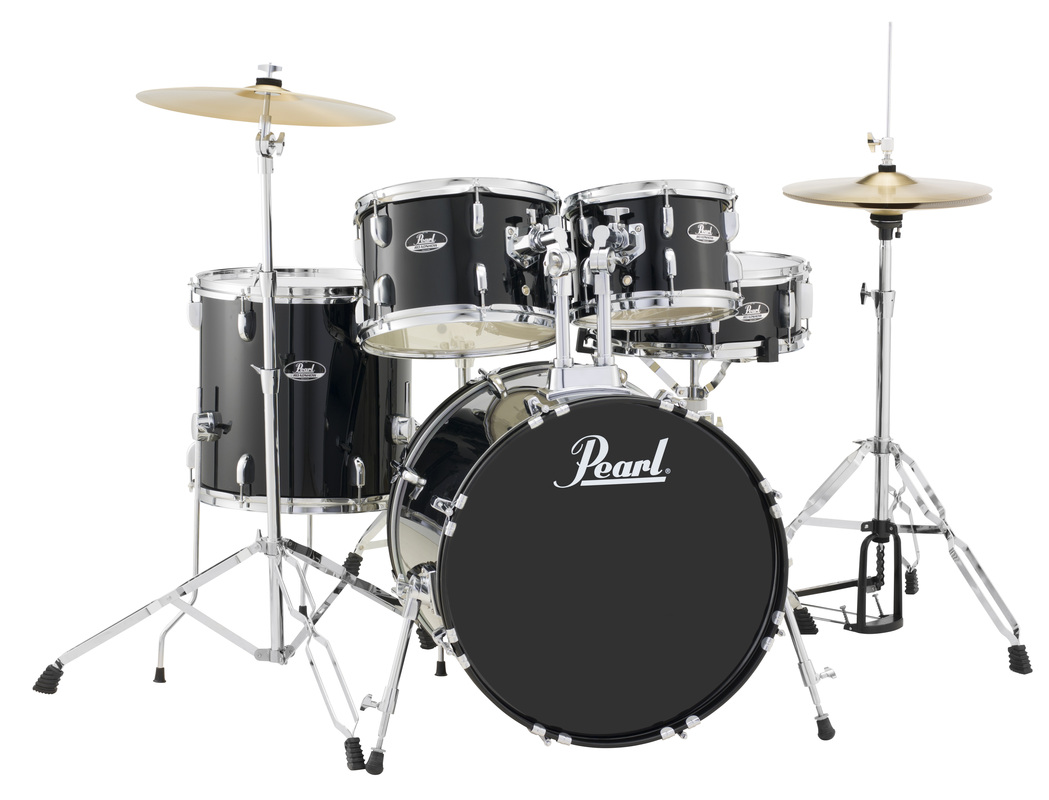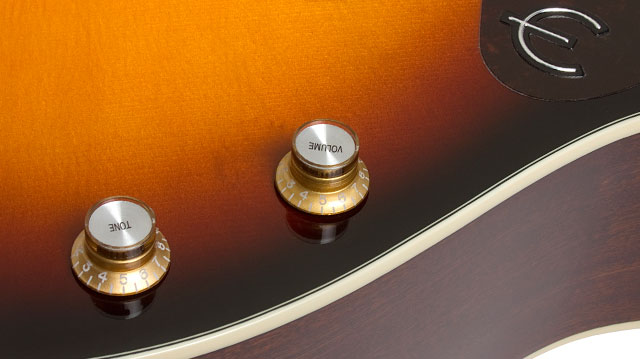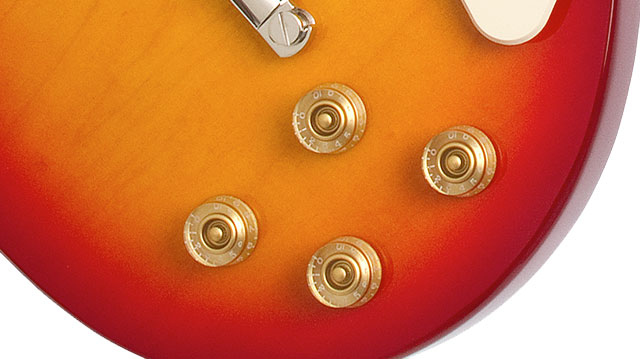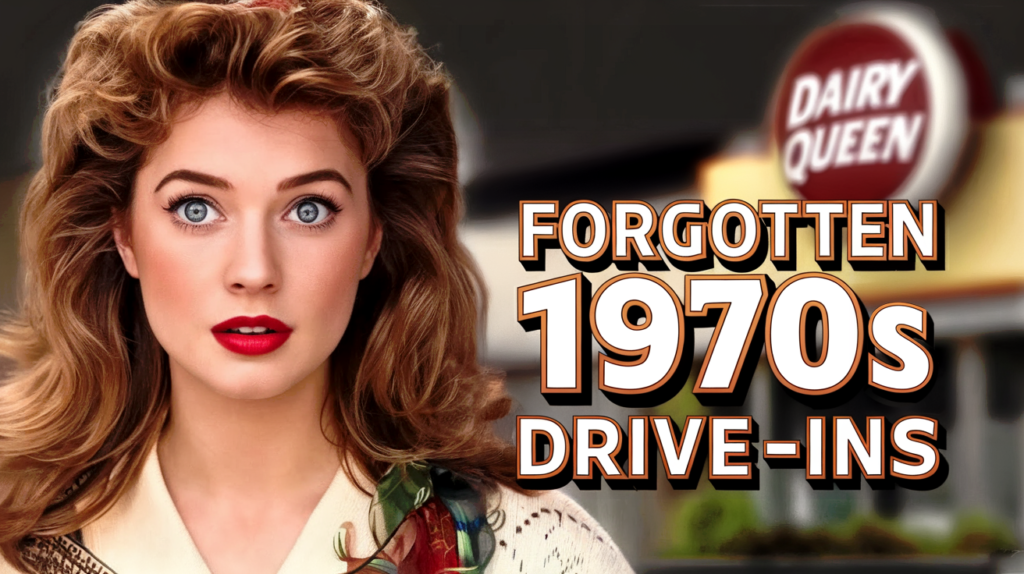
Have you noticed that missing spark in modern dining? Think back to when eating out meant more than staring at your phone. The 1970s drive-in scene created magic that no modern restaurant can match. Friendly car hops glided between vehicles on roller skates, delivering frosty mugs of root beer and steaming burgers right to your window. Families bonded over milkshakes while teenagers showed off their prized cars under starlit skies.
Your meal wasn’t just food – it was an event that brought entire communities together.
A&W Drive-In Experience
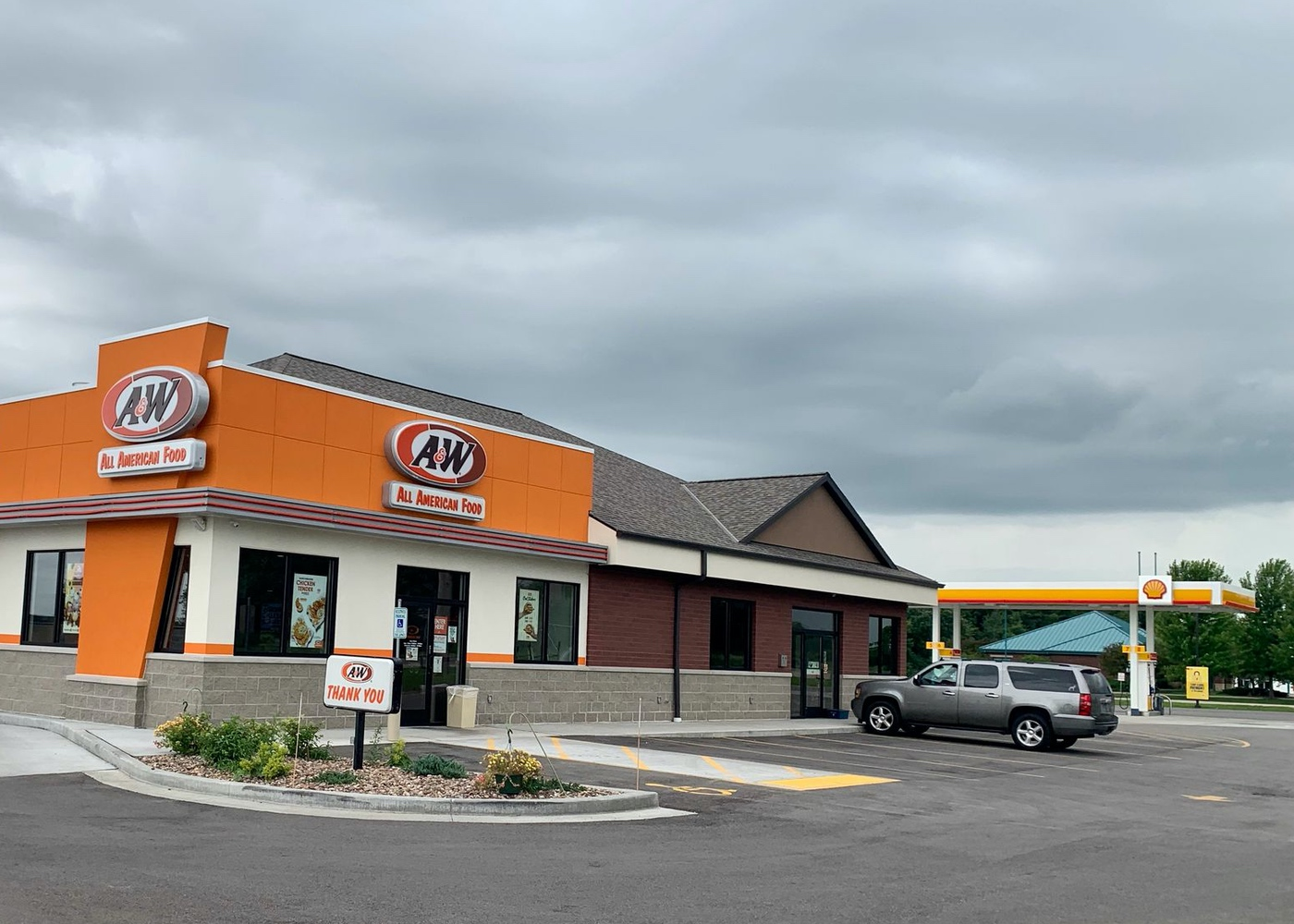
Road-weary travelers in 1923 discovered A&W’s first California location, establishing America’s drive-in tradition. You could spot frosted mugs bobbing between cars as servers delivered ice-cold root beer to waiting vehicles, while Papa Burgers and hot dogs made their way to hungry families. Fresh vanilla ice cream merged with draft root beer in 15-ounce floats, creating what would become an American ritual. These parking lots didn’t just serve food – they created the blueprint for modern American drive-in culture, eventually serving 125,000 customers nightly across the country.
Sonic Drive-In Phenomenon
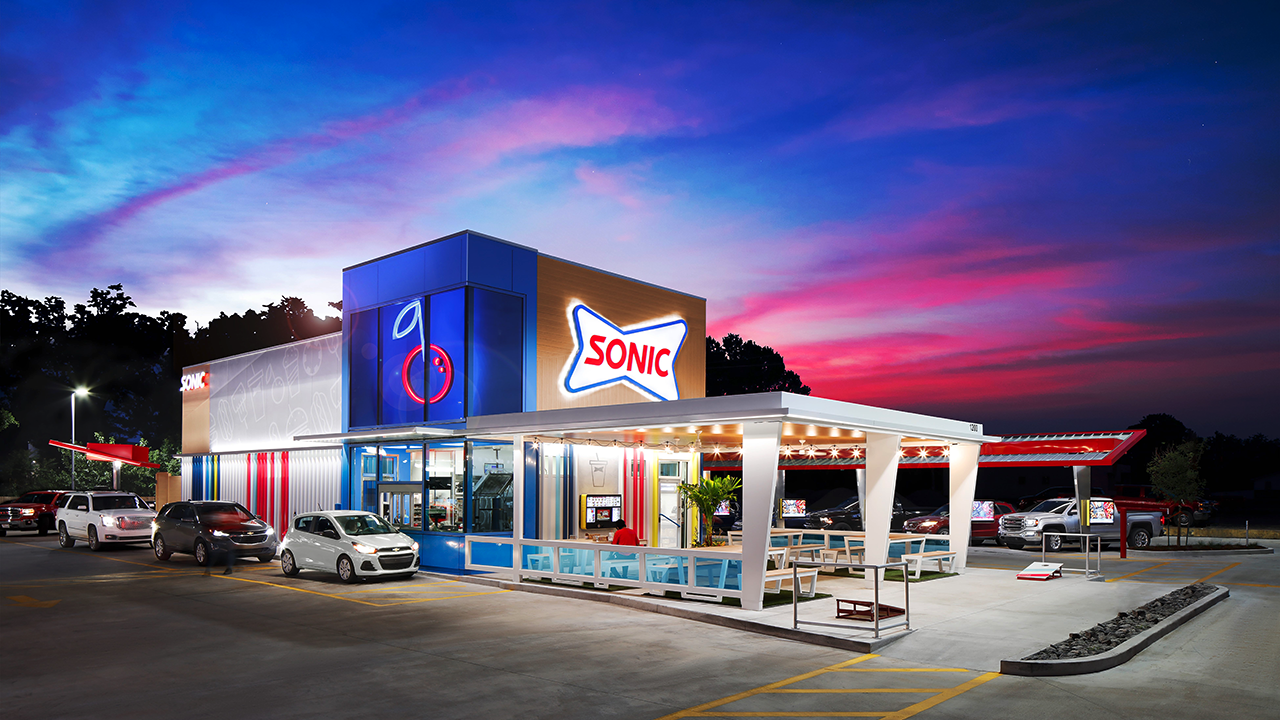
The introduction of roller-skating servers and innovative speaker systems in 1953 transformed mundane curbside dining into entertainment. Imagine pressing a button and watching your 16-ounce cherry limeade and golden tater tots arrive on wheels, delivered with the kind of flair that made dinner feel like a show. Music from car radios mixed with the rhythm of wheels on pavement as employees glided between vehicles, Sonic created an atmosphere unique to American dining. This revolutionary combination of food and entertainment didn’t just create a restaurant chain – it established a new American social tradition that served 800,000 customers annually by 1970.
Steak ‘n Shake Experience
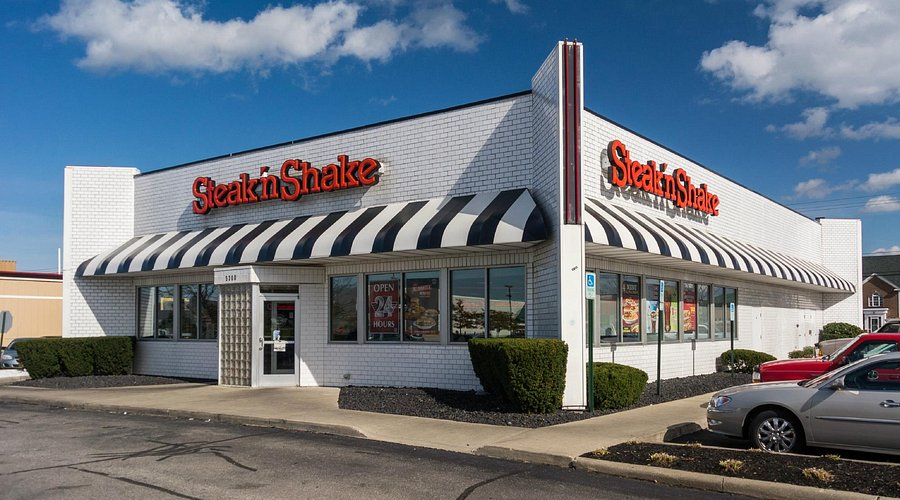
Premium ingredients redefined roadside dining when Steak ‘n Shake reached 150 locations by 1975. While other drive-ins focused on speed, you could watch servers navigate between chrome-trimmed vehicles delivering hand-crafted burgers that elevated quick-service standards. Each parking space filled nightly with patrons drawn to the aroma of freshly ground steak burgers and the promise of hand-dipped shakes. The success of this quality-first approach fundamentally changed customer expectations, forcing the entire industry to improve their standards or risk losing their market share to this innovative upstart.
Dairy Queen Delight
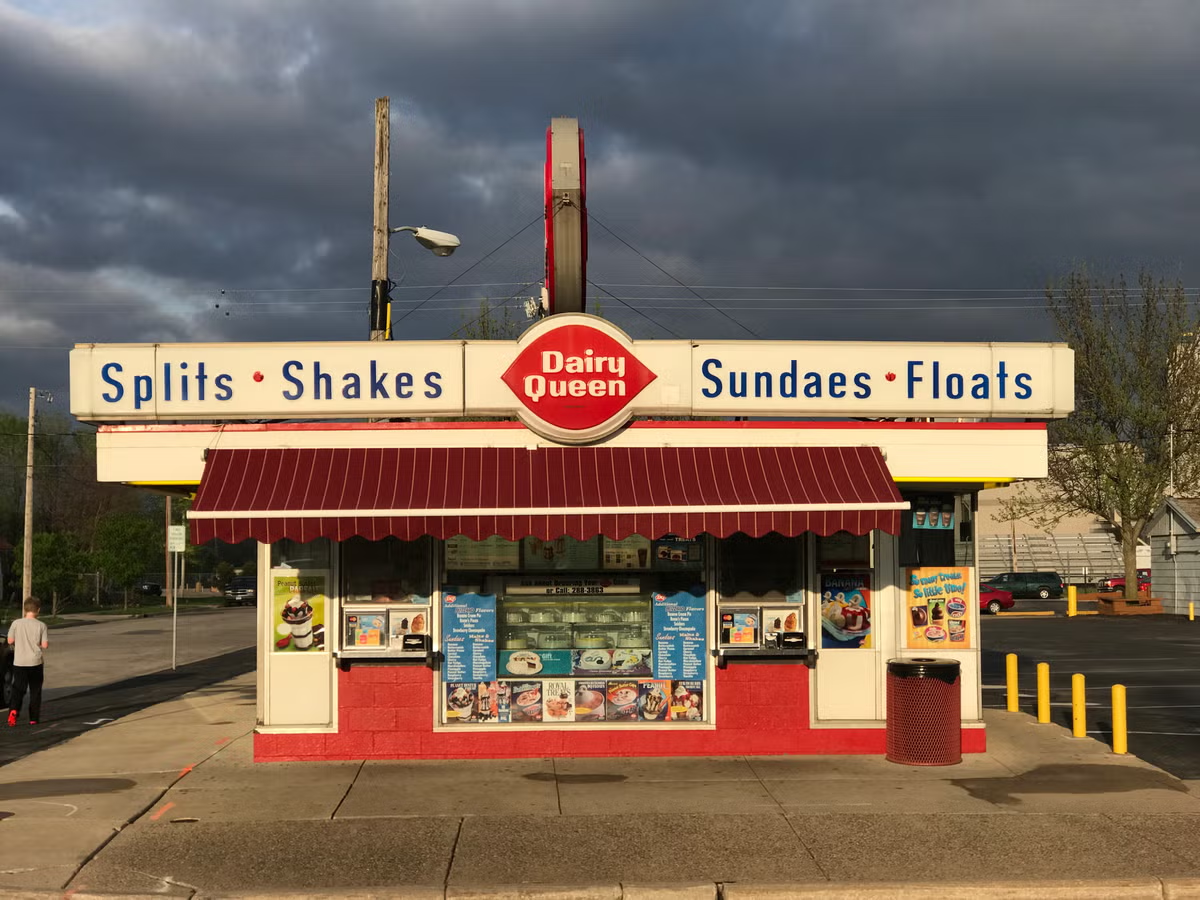
Innovation in frozen treats propelled Dairy Queen to 2,500 locations nationwide by 1975. When you visited, you’d watch technicians create the distinctive curl of 6-inch chocolate-dipped cones – a skill that required specialized training and a craftsman’s touch. Servers performed a delicate ballet, balancing towering banana splits and sundaes while maintaining the brand’s strict service standards. This mastery of frozen desserts revolutionized American treat time, transforming simple ice cream into a cultural phenomenon that generated $275 million in annual sales by decade’s end.
Burger Chef Experience
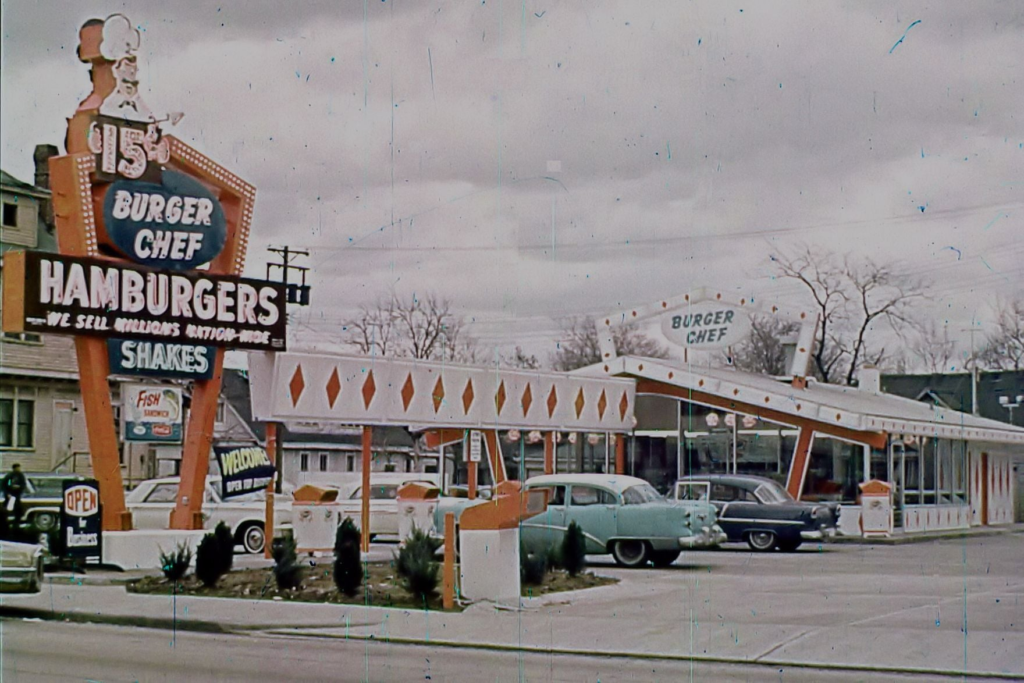
The introduction of children’s meals with toys in 1973 revolutionized how families approached fast food – suddenly, kids had their own special place at the table. You could customize your burger at their groundbreaking toppings bar featuring 8 different options, while other chains still served one-size-fits-all meals. Market presence grew to 1,000 locations as word spread about this new approach to quick service. Burger Chef‘s innovative spirit sparked an industry-wide revolution that transformed how Americans interact with fast food even today.
Dog n Suds Experience
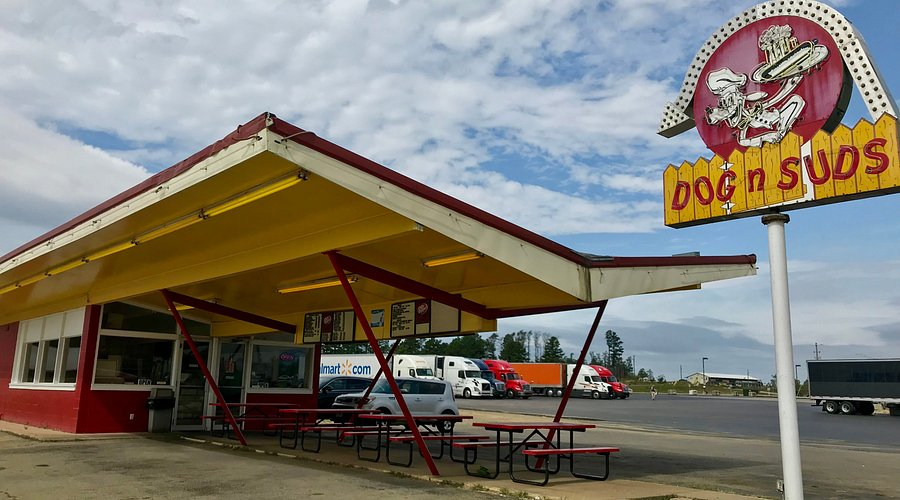
Perfected root beer recipes brought regional fame to local Dog n Suds operations, where getting the temperature just right was considered an art form. Market presence reached 600 locations through an unwavering focus on core menu excellence. Your 16-ounce mug of root beer arrived at precisely 34 degrees – cold enough to frost the glass but not so cold it dulled the flavor. This dedication to craft beverages established the benchmark for quality that modern craft brewers still reference today.
Wetson’s Drive-In Legacy
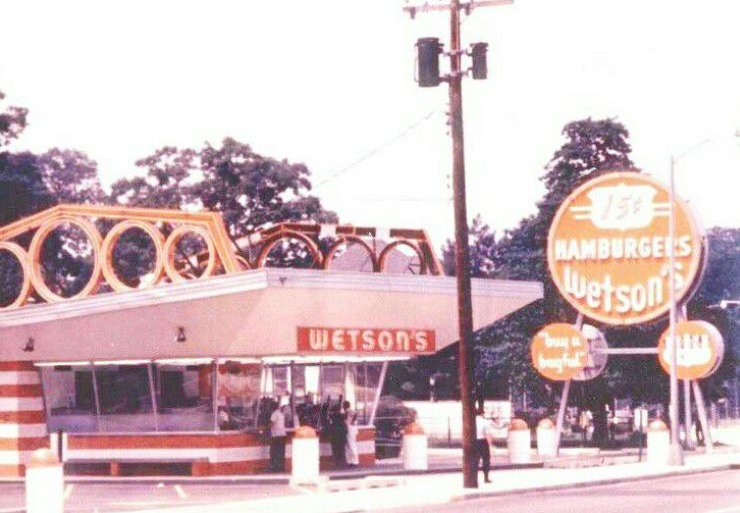
Northeastern diners discovered quality and value through Wetson’s 15-cent burgers in the early 1970s – a price point that seemed impossible even then. Strategic placement of 100 locations throughout New York and adjacent states meant you never had to drive far for an affordable meal. Their famous 10-cent fries became the talk of the region, drawing crowds from neighboring states. Wetson’s proved that regional chains could outmaneuver national brands by understanding local tastes and economic needs.
Sandy’s Drive-In Experience
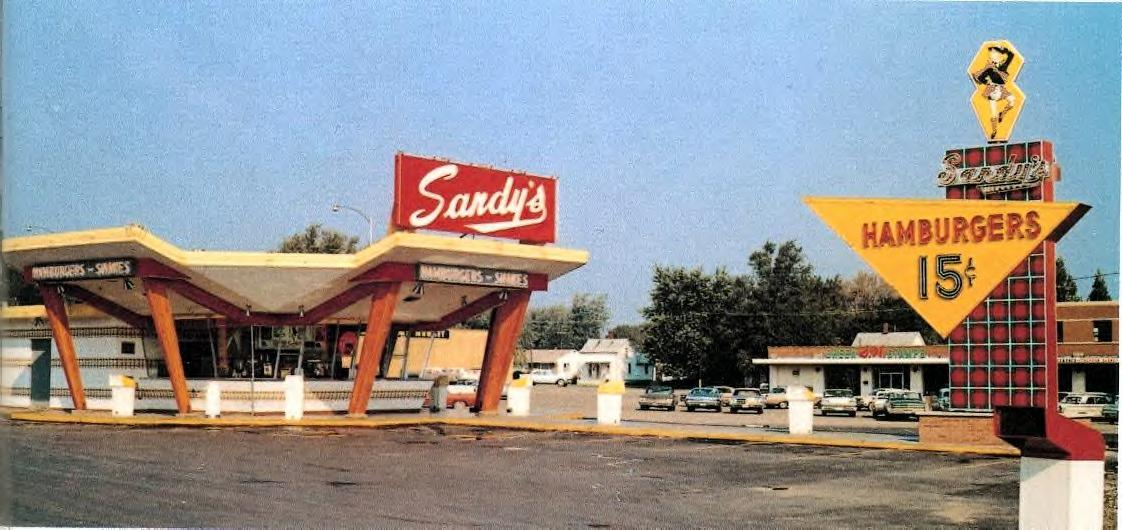
Mid-sized markets embraced Sandy’s localized approach when larger chains overlooked their communities. The Big Scot burger’s 1/4-pound patty gave hungry customers what they craved – a substantial meal at a reasonable price. If you lived in a smaller town, Sandy’s became your local gathering spot, where servers knew your order before you placed it. Their success in smaller markets created a blueprint for modern regional chains, proving that personal connection could trump national advertising every time.
Beany’s Drive-In Experience
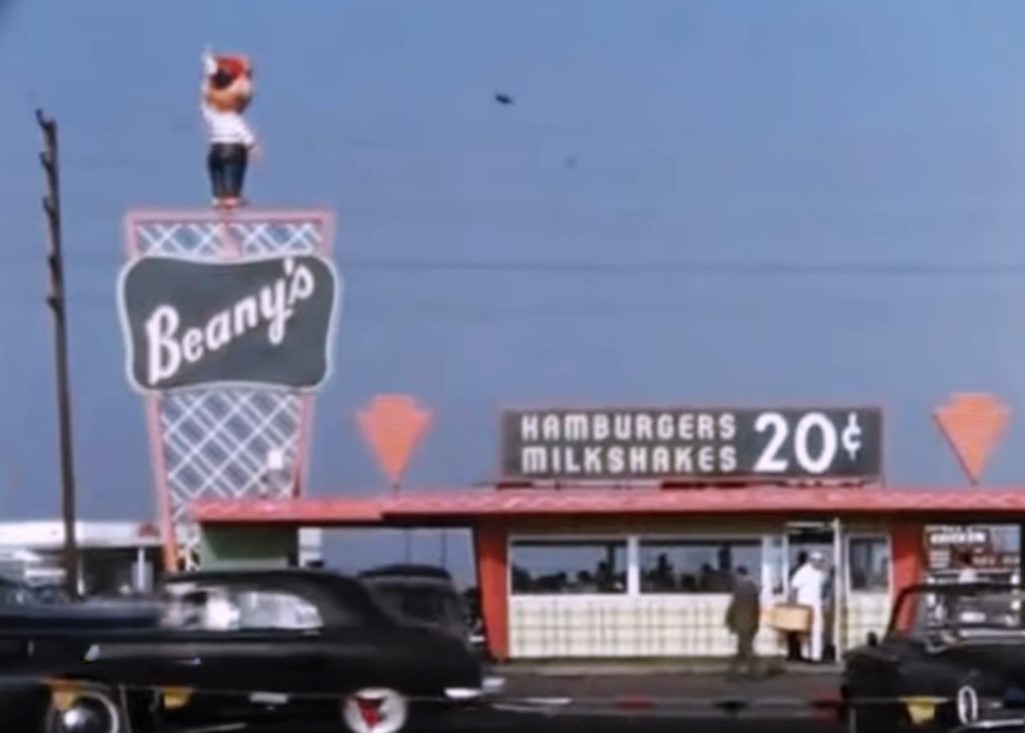
Southern California car culture found its perfect expression in Beany’s operations, where classic cars and classic burgers created an unforgettable scene. Fresh 1/3-pound patties from local suppliers meant you could taste the difference in every bite. While other spots saw cars come and go, Beany’s 30-minute wait times became a badge of honor among regulars. Their influence on California car culture created a template for social gathering that cruise nights still emulate decades later.
Red Barn Drive-In Experience
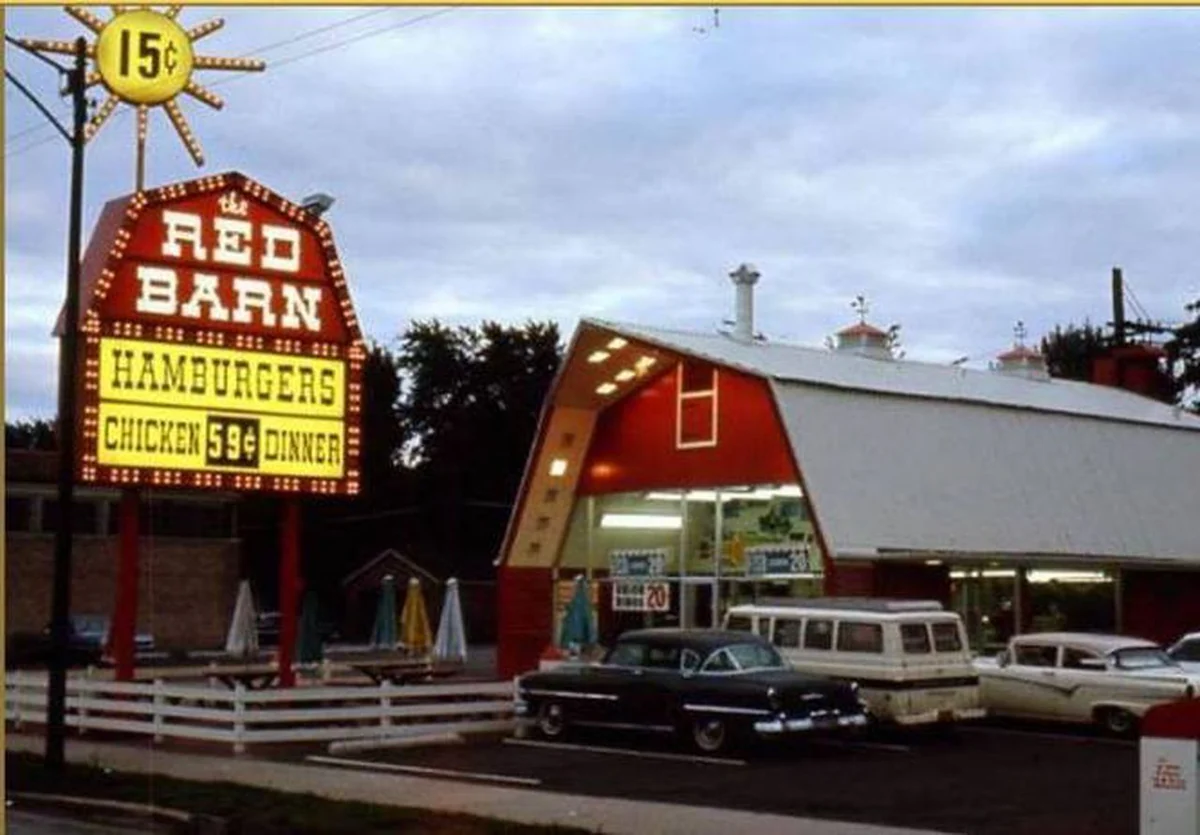
Distinctive barn-shaped architecture transformed roadside dining visibility beginning in 1961, when standing out meant more than just having good food. Market penetration reached 400 locations as drivers couldn’t resist stopping at these eye-catching restaurants. The 1/3-pound Barnbuster didn’t just satisfy hunger – it challenged every other burger chain to rethink their portions. Red Barn’s architectural innovation demonstrated how design could become as important as the menu, influencing restaurant architecture for generations to come.






